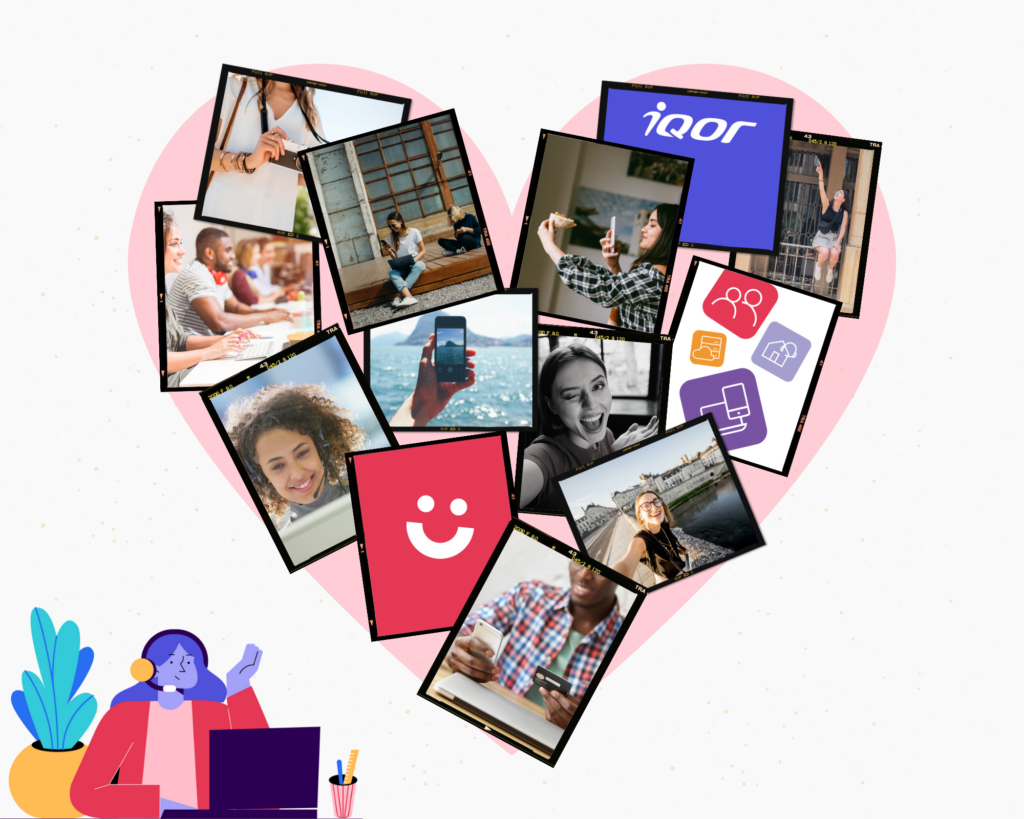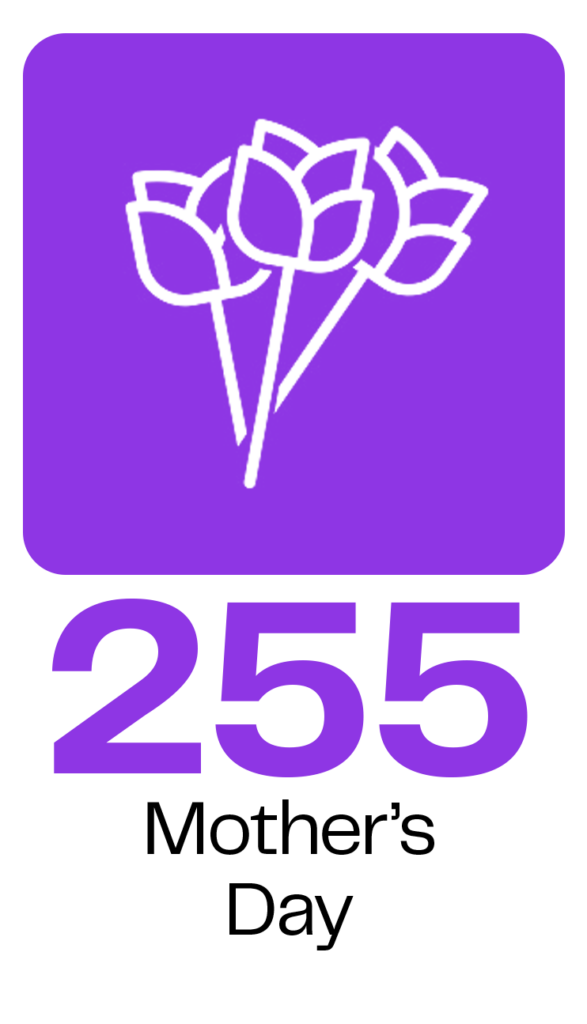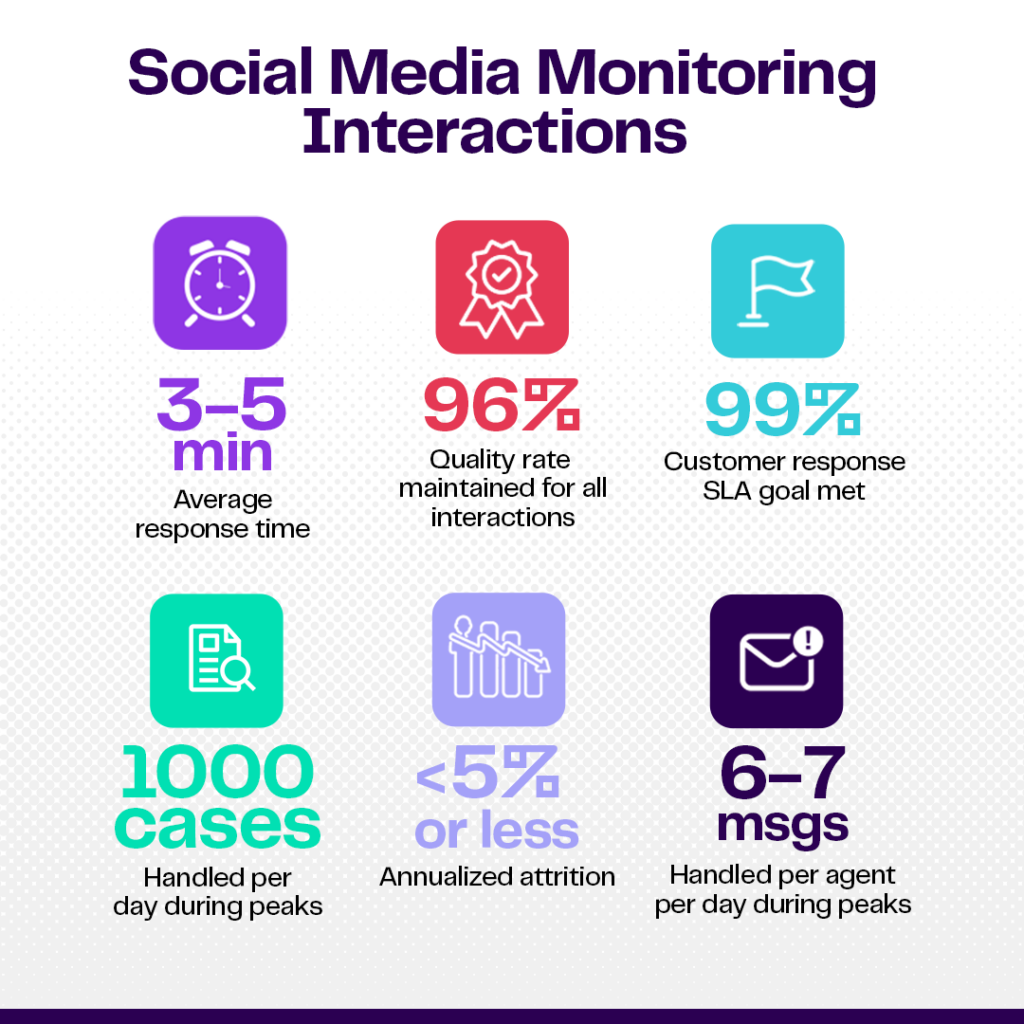Customer support has long been viewed as a cost to the business. This is no longer the case, however, and a customer-centric culture with omnichannel support is fast becoming a proven model that is being viewed as an asset rather than a cost center. iQor’s omnichannel support services use proven best practices to maximize results which we’re sharing with you in this post.
Customer support has changed a lot in recent years and merely having multiple customer service channels isn’t good enough for many customers. Today’s consumers no longer have just one or a couple of ways they want to use to reach your business. Social media, live chat, intelligent bots, mobile apps, email, and phone are just a few of the whole range of different platforms with which you can converse with customers.
What Is Omnichannel Customer Support?
An omnichannel solution aims to provide seamlessly connected customer interactions across various touchpoints. Omnichannel customer experience is a model whereby a business markets its products, sells them and provides customer support across multiple channels consolidated into a single, larger system.
Omnichannel customer support differs from multiple channel support through integration so that all communications are aggregated. A customer can start their conversation on one channel, continue it on another channel and resolve it on yet another channel. This approach meets your modern customers’ expectations.

Why Is an Omnichannel Experience Ideal for Customer Support?
Omnichannel customer service is the adaptation of an omnichannel strategy to your company’s communication channels to provide a fluid customer experience. Social media, email, instant messaging, phone calls, and other channels are unified under one system. This enables customers to interchange channels without a drop in quality of service.
Customer service agents have a sweeping view of all a customer’s interactions and can therefore respond to queries appropriately regardless of the channel the customer used.
For instance, a user may contact customer support via chat on a website. They can get a response via the same chat or talk to an agent without repeating themselves since the agent has the relevant context they need. Additional information can also be sent later through email or messaging; all made possible through omnichannel customer support.
Does Your Business Need an Omnichannel Customer Support Strategy?
The importance of omnichannel support is easy to recognize from the customer’s perspective. When does your business require an omnichannel support strategy? A few scenarios that might necessitate this approach include:
- To provide a better user experience — for example, when chatting on your app is lower cost and a better experience for your customer compared to other channels
- To move conversations from public platforms such as social media to more private ones like email or SMS
- To authenticate customers and share sensitive data
Omnichannel customer service offers you the chance to serve your clients conveniently and efficiently. This is just a glimpse of what omnichannel support brings to your customer service offering and why it is essential.
Why Is Omnichannel Customer Support Important?
With omnichannel support, the customer can conveniently access services across various channels. This means that the customer experience and quality of service are consistent across platforms.
Quick and Convenient Access to Data
An omnichannel customer support approach also means that agents can access customer data from a central system. The impact of having a central system is that they can quickly access the information they need without the need to get the context again from the customer. Agents can also share notes and questions they’ve received from the customer through the platform to offer better service.
Improved Customer Experience
An omnichannel support solution also creates stronger relationships with your customers. The improved customer experience leads to enhanced engagement and customer retention, more predictable revenue, and higher brand loyalty compared to single-channel and multi-channel systems. When compared to single-channel businesses, ClickZ indicated in a report that customers with an omnichannel experience:
- Show a 250% greater purchase frequency and customer engagement rate
- Purchase 13% more
- Were 90% more likely to interact with a brand with three or more interaction channels
Omnichannel customer support also means the experience can be customized across channels. This improves customer satisfaction, and since customers want effective customer service and a good experience, they will stick with companies that offer exactly that.
Call Deflection Usage
Omnichannel customer support also provides a way for businesses to use call deflection to their advantage. With call deflection, a customer call can be diverted to another medium mid-call if it will benefit the customer by using a different channel. This unique aspect of omnichannel support means that customers can be presented with better options to address their concerns quickly. For example, an agent speaking with a customer can offer a link to download instructions that answer the customer’s question, reducing the call handle time significantly while satisfying the customer’s need.
Call deflection can be a gateway to better customer service, for example, when call volumes are high or the request is outside of working hours. Rather than wait until the next agent is available, customers can utilize digital channels to sort their issues before live support becomes available.
Best Practices to Consider
Omnichannel customer support can be a big improvement over a siloed customer care model, both for the customer and the support agent. Here are some best practices in providing it.
Understand the Customer Journey
Ultimately, omnichannel customer support seeks to make the customer journey as smooth as possible. An omnichannel customer journey is made up of the interactions between the customer and your business throughout the customer lifecycle. A customer’s journey is a treasure trove of data that you can use to improve the customer experience.
Companies can position themselves to provide a better experience through mapping a customer’s journey with their brand. Knowing customer touchpoints and their intentions at each point of their journey allows you to refine your omnichannel experience and work towards providing customer service excellence.
Respond to Customer Needs Quickly
Modern consumers expect fast responses to their inquiries regardless of the platform they have used. Without proper systems to respond to your customers, your customer service may give your company a bad reputation.
A customer relationship management (CRM) system plays a vital role in your omnichannel customer service offering. A CRM unifies your customer interactions with all departments of your company while allowing agents to get a real-time view of all customer interactions. The customer support agents can therefore respond immediately to customer needs without compromising on speed.
A CRM also grants access to key metrics and other insights about your company’s customer support across various channels so that you can identify communication bottlenecks and work to resolve them.
Study Customer Behavior Across Channels
Unlike in a multichannel system where communication channels are often analyzed separately, you need to observe customer behavior across the various platforms in your omnichannel strategy. How do you know which channels are effective in your omnichannel strategy? There are several ways to gain these insights, including:
- Conducting surveys and collecting customer feedback
- Studying the touchpoints to identify customer preferences and ease of access for each
- Analysis of key customer support metrics such as customer satisfaction, average response time, and customer effort score
Once you build a process to study this information, you’ll be able to identify the weaknesses in your current customer care strategy, improve your omnichannel communication, and ensure that the standard of service is the same across platforms.
Overcoming Challenges
Omnichannel communication has evolved a lot recently. Systems have grown from phone and email-based systems to include technology like instant messaging, chatbots and mobile app support. Customer communication has also been improved through the use of artificial intelligence (AI) and machine learning to offer a better support experience.
Omnichannel support has not been without its challenges, however. Some of these include the following.
Data Silos
Departmental silos are a significant challenge for both customer experience and collecting data. These silos may arise from different technology or processes across platforms, which means that the data is not standardized.
Therefore, the customer experience is not consistent across the omnichannel communication platforms. Companies can alleviate this problem by committing to collaboration across departments.
Creating a Consistent Experience Across Platforms
Omnichannel customer support can be a challenge because there are many service delivery methods involved, and customer expectations also vary. Businesses may sometimes also offer different quality levels of service across various channels, which is not the standard that customers have come to expect.
Unifying Data
Since omnichannel support makes use of various brand channels, customer data is often spread out across different platforms. The information is often located in different databases, making it difficult to unify the data. Consequently, it is more difficult to analyze the data and get insights from it. A unified CRM resolves this problem. When agents can access customer data in one unified database it makes it easier to service customers, in turn giving agents more job satisfaction.
Ready To Implement Omnichannel Support in Your Business?
Despite the many challenges of maintaining successful omnichannel customer support, it has proven to be a valuable approach to providing a great customer experience. Many brands have overcome these challenges.
Ecommerce brands now not only use omnichannel marketing but many also have an omnichannel customer support system for their users. Customers have a variety of support methods to choose from whenever they need help, and these platforms are usually well-integrated for their convenience.
Omnichannel support is not just for businesses on the internet — brick-and-mortar retailers are also using omnichannel strategies. Since shoppers use multiple channels to compare and purchase products as well as get customer service, retailers have had to adapt. They typically provide an omnichannel experience across all touchpoints. For some, customer service agents have tablets with a unified CRM to give personalized help while in the store and better serve repeat customers.
The financial industry is also an example of an industry that has successfully deployed omnichannel customer support. Customers can now get support via live chat, email, website mobile apps and social media, as well as by phone.
Omnichannel customer support is here to stay. A multichannel approach isn’t enough anymore, as customers expect a seamless quality of service across platforms. Are you looking for help with omnichannel customer support? Let us help you provide your customers with intelligent omnichannel customer support systems over voice, email, chat, social and other channels to optimize their experience with your brand.
Learn more about iQor’s omnichannel support.









